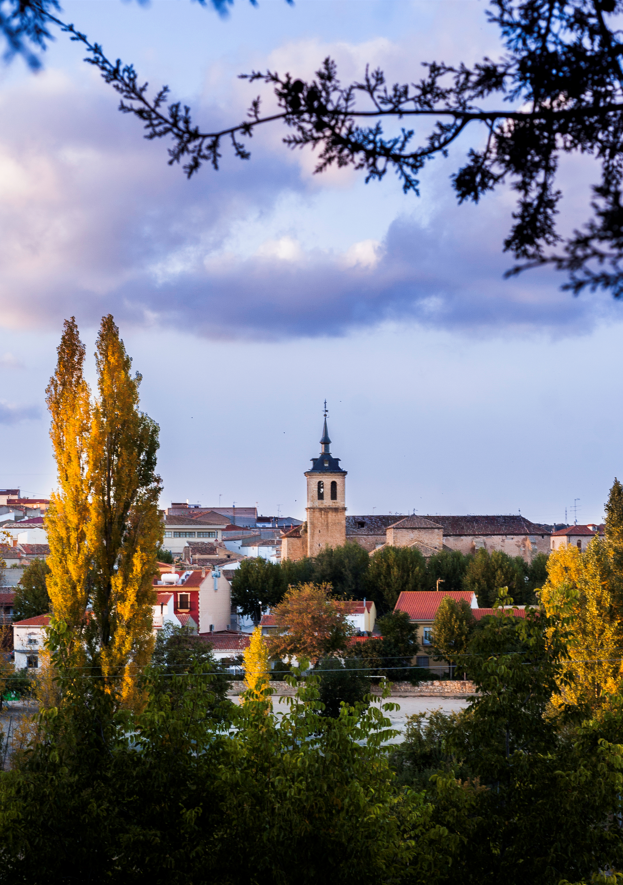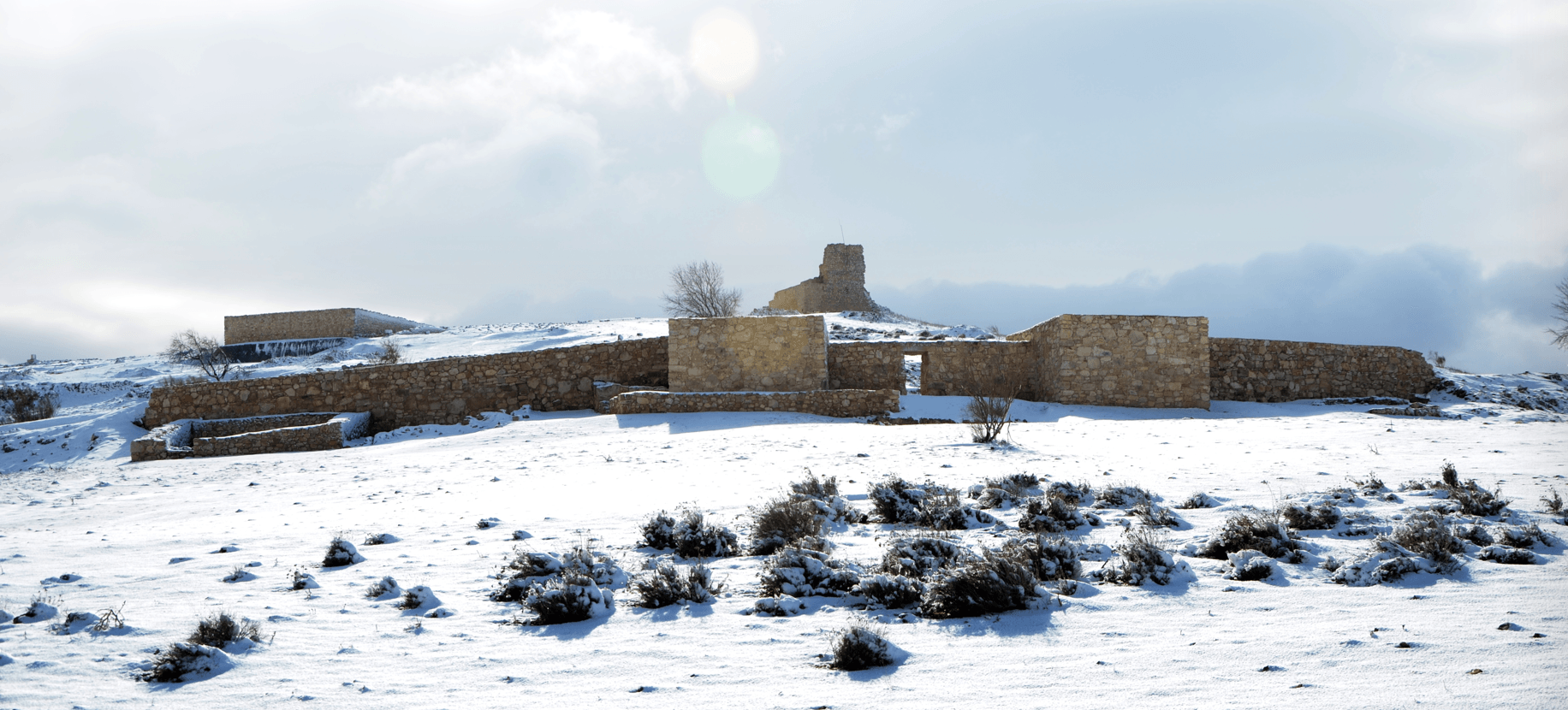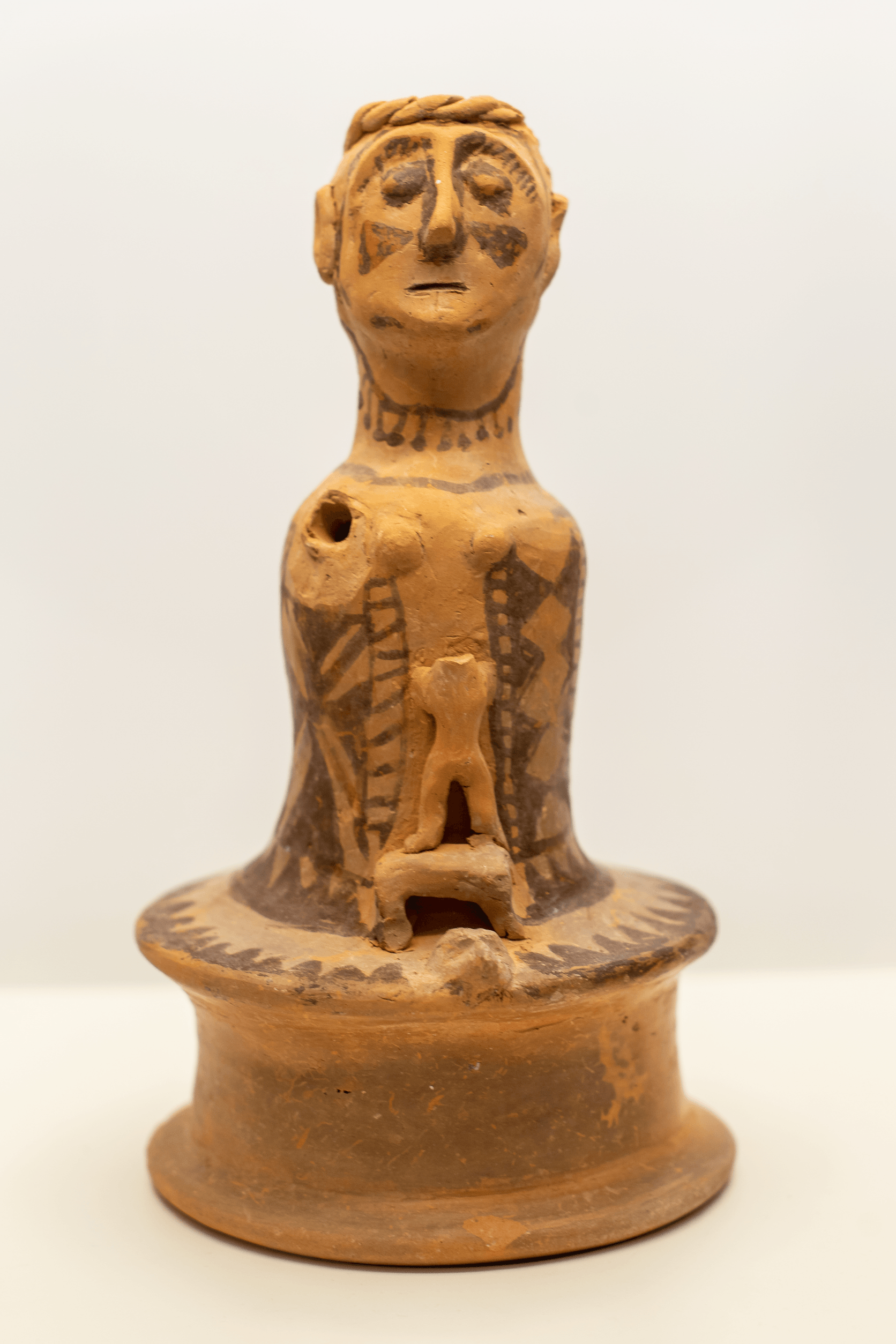Lezuza

The Village
Lezuza is a municipality located at a distance of 50km from Albacete capital. It has a population of about 850 people, but if we add its districts (Tiriez, La Yunquera, Vandelaras de Arriba, Vandelaras de Abajo and Pradorredondo), it is approximately 1350.
The municipality of Lezuza belongs to the natural region of Campo de Montiel. It has an average altitude of 900 m (range between 750-1100 m), geological materials mainly limestone and also loams, mainly from the Jurassic, and a Mediterranean-continental climate, dry and cool. Its different altitude and orography confer a great landscape richness.
During the whole of the 16th century, the town of Lezuza re-emerged, affirming the settlement on the plain and the definitive abandonment of the Cerro del Castillo as a place of residence. This phenomenon is confirmed by two clear events: the granting of the category of villa to Lezuza and the architectural development of the municipality. Among the visitable buildings of this chronology are those of a religious nature, such as the magnificent Parish Church of the Assumption. Today the archaeological site of Libisosa and its Museum Collection are a scientific reference and dissemination of archaeological heritage in the community.
Things to See
The municipality of Lezuza is a reference in the care and promotion of its traditional culture, both tangible and intangible. On the material side we have the Archaeological Park of Libisosa and its museum collection, scientific references and diffusion of archaeological heritage. It also highlights the Parish Church of the Assumption, the most important religious building in the town.
This care is also reflected in its two museums, the "Ecomuseo Etnográfico de Tiriez" and the "Colección Museográfica de Libisosa". With a clear vocation of service to society and its development. Both museums, although with different philosophies, are territorial references for the diffusion and safeguarding of the heritage. Traditional culture in the municipality is also a living and participatory element, as evidenced by events such as the Tiriez al Fresco Days or the restoration of significant moments of the traditional festive calendar, such as the "Aguilanderos" by the local Traditional Singing group.
Regarding the natural aspect, the different altitude and orography of Lezuza give it a rich landscape, with undulating elevations that give rise to important streams that end up forming the Lezuza River, along with wonderful spots of oaks and junipers very well preserved. At the same time, in such an extensive area we can find cereal plains and wastelands. As a whole, few places can be found in the province of Albacete with such a great diversity of ecosystems, which implies a very high richness in flora and fauna.
Festivities
The main festivities that Lezuza and Tiriez, its main hamlet, hold throughout the year are the following:
- Romería de la Virgen de la Cruz. Saturday closest to March 25.
- Fiestas Patronales de Lezuza in Honor of the Virgen de la Cruz. From the 1st to the 5th of May.
- Festivities of Santa Rita, in Tiriez. Weekend closest to May 22.
- Fiestas in honor of Nuestra Señora del Rosario in Tiriez. First days of October coinciding with October 7 (day of the Virgen del Rosario).
- Festivity of Santa Cecilia. In November, the weekend closest to November 22 (St. Cecilia's Day).
Libisosa & Museum Collection
We are facing an enclave that enjoys a privileged location, since it is in the center of a territory crossed by a fundamental road network in the Iberian Peninsula. We are talking about the most important livestock roads since Prehistory and Antiquity, and we must also take into account that these same roads were used to transport minerals to the Southeast and the Levant, which explains the high strategic value of the enclave in the ancient world.
The Museum Collection of Libisosa houses a selection of materials belonging to the Iberian phase of the Iberian-Roman site of Libisosa, included in the regio oretana, a denomination of ancient literary sources that refers to the territory of the Iberian culture of the Southeast. The structures and materials found in the site of Libisosa, unparalleled in the rest of Oretania, emphasize the relevance of this enclave as a backbone of both areas and as a nerve center of ancient times in the current province of Albacete.
The quantity, quality and variety of the Iberian material record of Lezuza, the result of extraordinary circumstances and conditions of conservation, allow us to enjoy an inexhaustible field of approach to our most remote past. The tour of the Centro Sociocultural Agripina offers a series of flashes of living history on the craftsmanship, agricultural activities and trade of the ancient people of Lezuza, as well as the resources of self-exaltation used by their ruling classes to maintain their power, and the traces of their dramatic end.
The municipality of Lezuza is a reference in the care and diffusion of its traditional culture, both tangible and intangible. This care is reflected in the magnificent Ethnographic Ecomuseum located in Tiriez.
With its more than 1,500 square meters, the doors of the Ethnographic Ecomuseum open to show the daily life, tasks and customs of our people more than 100 years ago. The hundreds of pieces exhibited in this museum, all donated by the population, offer a trip to our closest past, to our most immediate roots as a territory. It is a museum evocative of memories, smells and flavors and at the same time a tool for learning about life in the present rurality.



















































